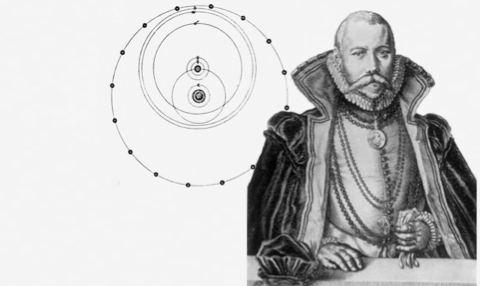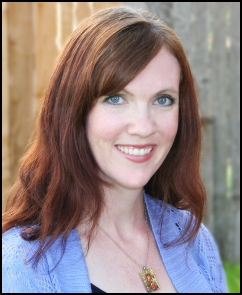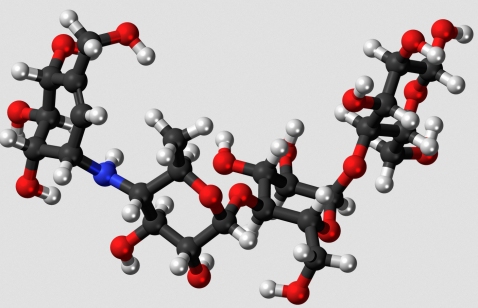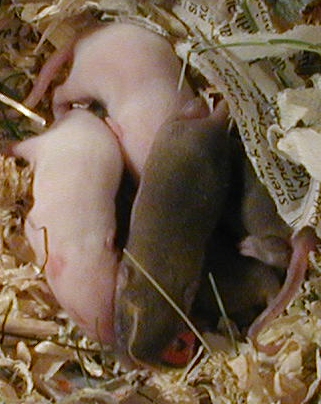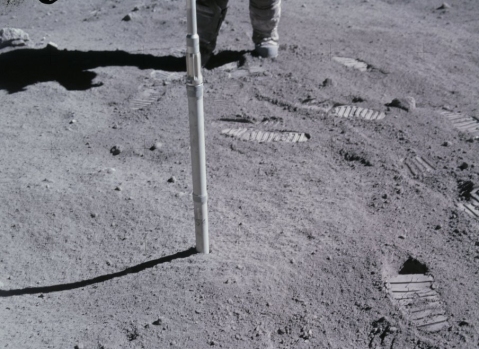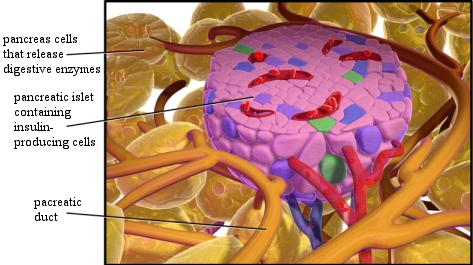
J. Warner Wallace is a successful homicide detective. He specializes in cold cases – unsolved murder cases that remain open, waiting for someone to examine them in a new way that will lead to finding the killer. He has been trained in Forensic Statement Analysis (FSA), which is a methodology that examines a person’s linguistic usage to determine the veracity of what he or she is saying when being interviewed about a case. He also used to be an atheist. As he says in his book, Cold-Case Christianity:
My friends knew me as an angry atheist, a skeptic who thoughtfully dissected Christians and the Christian worldview… (p. 16)
However, a fellow officer kept inviting him to church. He was able to avoid going for a while, but he eventually felt obligated to accept the invitation. He says that he managed to ignore most of what the pastor was saying during the service, but he noticed that the pastor painted Jesus as a smart guy with a lot of good things to say. As a result, Wallace purchased his first Bible, just to see if this Jesus fellow was the great teacher that the pastor made him out to be.
What Wallace found changed his life.
As he began to read the Gospels, he noticed something:
I had interviewed hundreds (if not thousands) of eyewitnesses and suspects. I had become familiar with the nature of eyewitness statements, and I understood how testimony was evaluated in a court of law. Something about the Gospels struck me as more than mythological storytelling. The Gospels appeared to be ancient eyewitness accounts. (p. 17)
Of course, it didn’t take him long to realize that he could treat the Gospel accounts like one of his cold cases. He could evaluate the testimony of those claiming to be eyewitnesses to the events in the life of Jesus, look for corroborating evidence, and try to determine whether or not the accounts are accurate. When he did that, he came away believing that the Gospels are, indeed, accurate eyewitness accounts of the life of Jesus. As a result, he became a Christian.
His book takes you through his analysis, so that you can see exactly how he evaluated the “cold case” of the Gospel accounts. To make sure you have all the requisite skills necessary to follow his analysis, he gives you 10 tips on how to be a good detective. They are all great tips, but his first one is the best. He tells the story of the first homicide case he ever worked: a woman who had been murdered in her bed. A seasoned detective who had seen far too many cases took the lead, and as soon as he saw the crime scene, he thought he knew what had happened. Based on his experience, he concluded that the husband was the killer. However, as they investigated the crime, they found that the woman was single. All the signs that pointed to the husband as the killer (no forced entry, the victim didn’t put up much of a fight, etc., etc.) ended up being explained by a completely different killer (a friendly neighbor).
This taught Wallace to avoid presuppositions. The lead investigator let his presuppositions guide him in the case, and for that particular case, those presuppositions were completely wrong. Following them hampered the investigation. Each case is unique, and you should avoid any presuppositions you have about it. This is his first tip for any detective, including anyone who is trying to determine the veracity of the Gospel accounts. If you avoid presuppositions, you can allow the evidence to guide you.
After giving you his 10 tips for being a good detective, he then shows you how he evaluated the Gospels. He shows you why he thinks the Gospel accounts indicate that the sources for the four Gospels were actually there at the events discussed in the Gospels. He then shows you what he considers strong corroborating evidence for the eyewitness reports. He then ends with a discussion of the possible biases in the eyewitness accounts. I have read many, many Christian apologetics books, but I honestly think that this one has the best analysis of the Gospels.
Even though this is primarily a book showing the evidence that supports the veracity of the Gospels, there is also a lot in it for believers. Indeed, it taught me some new things. In evaluating whether or not the accounts in the Bible are authentic, he spends time discussing the “little details” that show the sources for the Gospels were actual eyewitnesses to the events reported. He notes, for example, that in the Gospel of John, Jesus’s mother is never called by name. She is simply called “Jesus’s mother” or “the mother of Jesus.” Why is that? He explains:
The answer might be found in the nineteenth chapter of John’s Gospel when Jesus entrusted Mary to John at the crucifixion. Jesus told John that Mary was now his mother, and He told Mary that John was now her son. ..Writing the Gospel of John many years later, it just may be that John was uncomfortable calling his own mother by her formal name. (p. 91)
This is something I never noticed, and had I noticed it, I am not sure I would have made the connection that Wallace made. This is just one of the many nuggets found in this book.
In addition, I strongly encourage all Christians to learn how the Bible came to be. In his book, Wallace goes through a “chain of custody” for all four Gospels, to make sure that the Gospels we read today have not been significantly altered from their original form. This chain of custody provides the best concise description I have ever read of how the Bible came to be. That section alone is worth the price of the book.
In the end, I think this book is one of the best additions to Christian apologetics that has come out in a long time. I strongly recommend it to everyone, but especially to skeptics of the Bible. If you are interested in what the evidence says, it is worthwhile to hear from someone whose career is devoted to following the evidence, regardless of where it leads!



